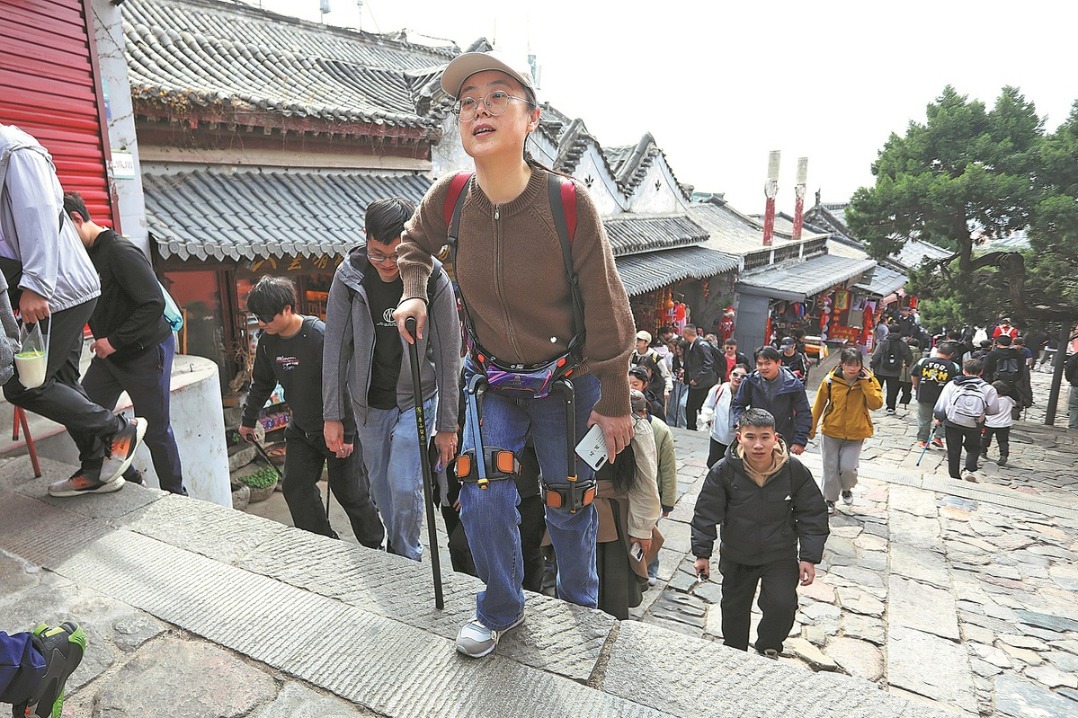Rice program boosts ties with Philippines
By Prime Sarmiento in Hong Kong | China Daily Global | Updated: 2019-12-02 10:00

Leading developer
In 2000, Chinese-Filipino businessman Henry Lim Bon Liong ventured into the hybrid rice business, and his SL Agritech Corp, or SLAC, is now among the leading developers of hybrid seeds in the Philippines. The company's flagship product, SL-8H, can produce as much as 14 tons per hectare.
Lim credits Yuan Longping, the Chinese agronomist who developed the world's first hybrid rice in 1974, with helping SLAC develop SL-8H.
"Hybrid rice has the potential to produce three to four times more, compared with ordinary inbred rice," Lim said.
He added that farmers using SL-8H "are producing more per hectare, allowing them to reduce the cost and consequently increase their net profit".
Ernesto Ordonez, chairman of the farmers' coalition Alyansa Agrikultura, said the Philippines has learned a lot from China in terms of hybrid rice technology.
Ordonez, former undersecretary at the Philippine Department of Agriculture, said the country needs to devote more areas to hybrid seeds, as this will increase production and reduce the retail price of rice.
He said Manila only needs to invest 12,000 pesos ($237) for every 2 hectares of land sown with hybrid seeds. This is cheaper than spending nearly 1 million pesos per hectare to build irrigation facilities.
He said China, which has helped develop hybrid rice technology in the Philippines, has managed to increase its own production thanks to high-yielding hybrid seeds.
Since the 1990s, the Philippine government's flagship agricultural programs have promoted hybrid rice as a way to attain national self-sufficiency.
Philippine Agriculture Secretary William Dar said his department will allocate 2 billion pesos for hybrid rice production next year to raise output to 21 million tons, The Philippine Star newspaper reported.
According to a study by the Philippine Rice Research Institute and the International Rice Research Institute, promotion of hybrids by the government and the private sector has encouraged farmers to adopt this technology. From about 5,000 hectares in 2001, the area planted with hybrid seeds had risen to more than 300,000 hectares in 2015.
But such growth has since flattened out. The high cost of seeds and the fact that hybrids cannot be reused has dissuaded farmers from growing them.
























